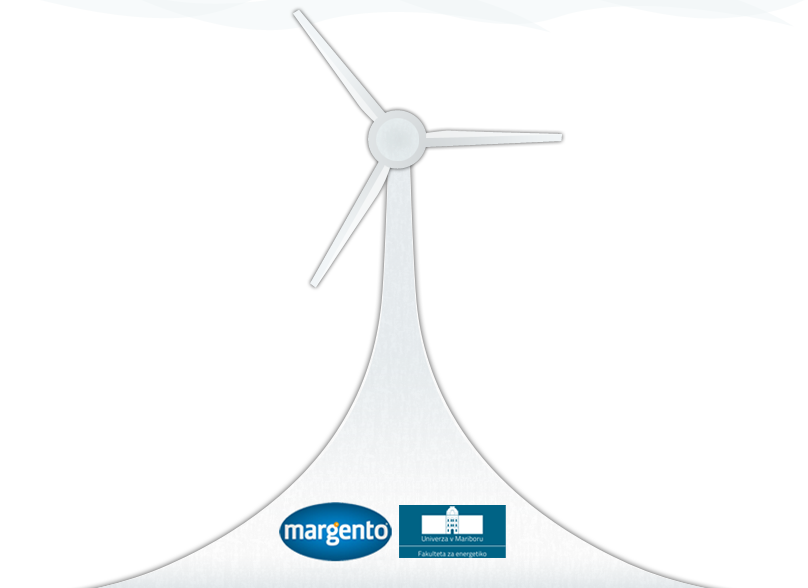INTRODUCTION
- Starting a wind farm, like starting any other business, requires a significant amount of research, start-up capital, and development before the first turbine begins to spin. If we know what to expect before we begin, the project will run more smoothly. Specialized services of consultants, contractors, and legal representatives are necessary to avoid problems that could end the operation before it starts.
- Professional wind measurement, and its accuracy and reliability are thus very important in predicting economic viability before starting a wind farm (projecting), as well as in monitoring already-installed wind farms (verifying).
- Even a small change in the wind speed in a particular area can significantly affect the power yield efficiency of the wind turbine. Therefore, for the prospective development of a wind turbine, it is important to consider the wind resources and information on how regularly the wind blows, the direction of the wind, variations in wind speed and so on. On the basis of this information, performance control mechanisms are integrated in the wind turbine.
- Before the installation of a wind farm, analyzing the space professionally is recommended. The collected meteorological data should accurately describe the wind potential of the space. This is why the measuring systems should meet the highest quality demands in terms of accuracy and reliability.
- Monitoring climate change and global agreements on influencing climate change with the use of renewable energy sources have led to an increased global trend in the research of new energy sources. Renewable energy sources include solar energy, wind energy, water energy and biomass with geothermal energy.
- The EU’s environmental policy is the first important step in reducing greenhouse gas emissions and thus establishing global balance. The main objective of the Kyoto protocol is the commitment of the signatory states to reduce their emissions in the 2008–2012 period by at least 5% in comparison with the year 1990. However, the EU has set an even more ambitious goal of reducing the emissions in its member states by 8% in that period; moreover, in 2007 this target was expanded to reducing emissions by 20% by the year 2020.
- Today much work is directed into use of solar-cell energy, biogas and biomass, and small hydro-electric power stations, but very little into wind farms. Before investment, it is necessary to acquire information on wind resources for an individual area, which would justify building a wind farm. In practice, there is a general standard area map (the data of meteorological centres and nearby airports), but measurements must be done for each individual micro-location.
- The efficiency of wind farms depends on the suitability of the location and its windiness. The wind potential is a selective factor in searching for appropriate locations for establishing and operating wind farms.
- Wind farms, in comparison with other power-generation technologies, undoubtedly best fulfil the ever stricter criteria of sustainability development. Eliminating the negative consequences caused by greenhouse gases in recent decades is one of the priorities not only of environmental organizations, but also governments, local authorities and least but not last economic operators.
- We have therefore decided to develop system equipment for measuring wind resources. This web application is designed to present all of the measured real-time data.

